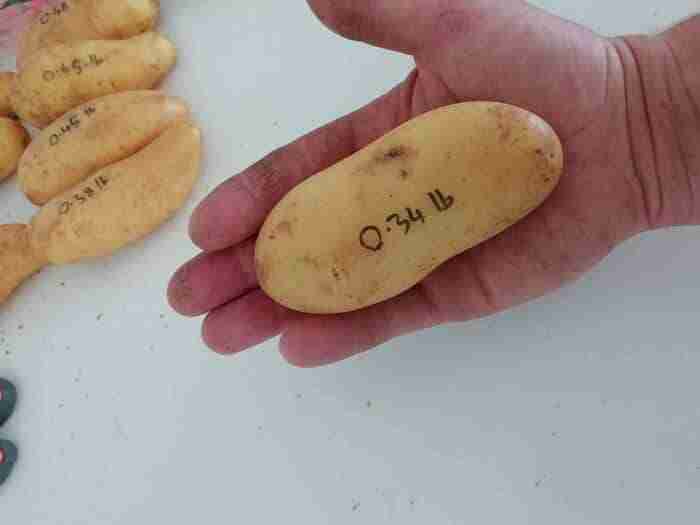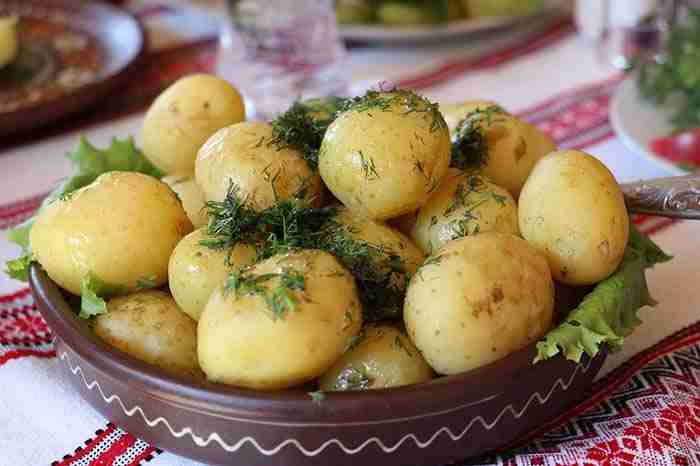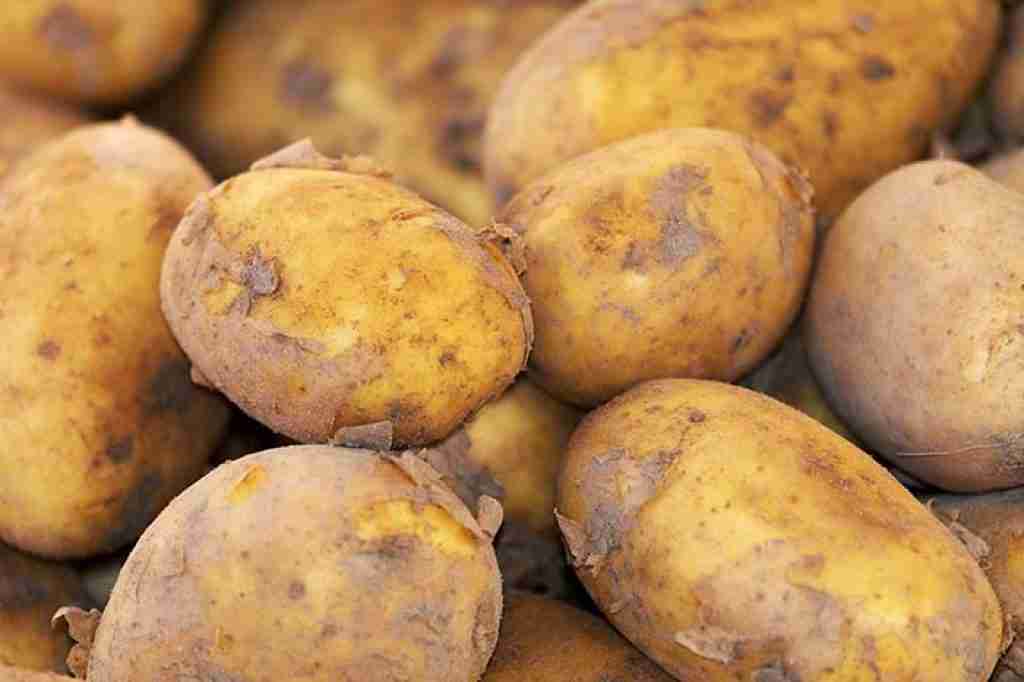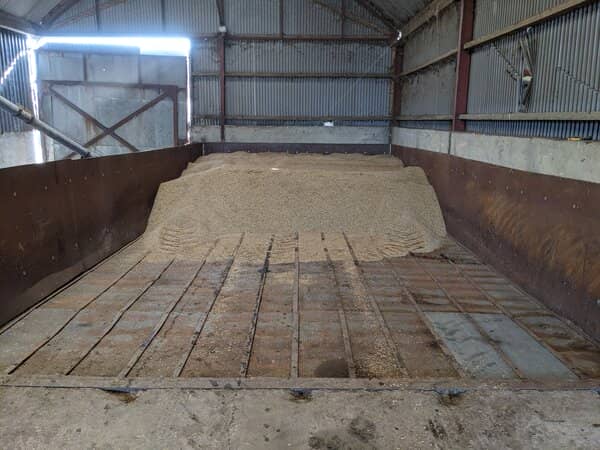Did you know that there are whole grading systems to classify potatoes by quality and size? These classification systems vary around the world but have been introduced to standardize the sale of potatoes. But how can you tell visually how much does a medium potato weigh?
In general, all potatoes will be categorized by quality and by size.
In the United States, the USDA classifies potatoes between Grade A Small through Grade A Large and Grade B Small through Grade B Large. The letter grade has to do with the quality and conditions of the potato.
The accompanying Small – Large qualifier indicates the size. Grade A potatoes are a good shape, clean, and free from any damage such as frost, rot, or pest damage.
Grade B potatoes follow the same guidelines as Grade A but have a higher tolerance for defects. Whereas Grade A potatoes must have less than 5% imperfections, Grade B potatoes have a higher margin of error.
Similar to the USA, in Canada, there is Quality No. 1 and No. 2 potatoes while size classifications depend on the type of potato (round, long, etc.). The size is defined by ‘Creamer’ (small), ‘Chef’ (medium), and ‘Large’.
Although there are government standards for selling potatoes, the exact size and weight often vary due to differences between potato varieties and tolerance for error.
These classifications are useful for gardeners wanting to get a better understanding of how their potato yield measures up to industry standards or cooks wanting to figure out how many potatoes to make per person.
Not too big and not too small, follow along to learn how much a medium-size potato weighs.
How much does a medium potato weigh
A medium potato weighs between 5 – 10 ounces or 140 – 280 grams with the skin on. How much a medium potato weighs fluctuates within this range based on quality, variety, and size. The average medium potato, however, weighs 5.3 ounces or 150 grams.
The largest potato ever grown weighed 7 pounds and 1 ounce! This impressive size is award-worthy but highly impractical for everyday consumption. How would you even begin to cook such a beast? Because of this, knowing how much does a medium potato weigh is important for every kitchen.
Potatoes come in a variety of shapes based on variety and growing conditions. These variations make sizing them a bit more complicated to measure than weight.
What size is a medium potato

A medium potato is about the same size as a tennis ball or baseball. Slightly smaller than the impressive baked potatoes at restaurants, you should be able to comfortably hold a medium-sized potato in your hand.
How big is a medium potato
Typically, the diameter of a medium Size A potato must be between 2 to 3 inches / 5 – 7.5 cm in diameter. For Size B medium potatoes, they must have a diameter of 1.5 to 2.2 inches / 3.81 to 5.58 cm.
Measure the diameter of the potato with a ruler as it lays flat on a table. This measurement should be at the narrowest point. The shape will differ based on the variety. In round varieties, measure the widest points of the potato. In longer varieties, measure the potato by placing it lengthwise and measure the diameter of the short size.
How many medium potatoes per person
The recommended serving size per person is one medium potato. Weighing in at about 150 grams, the medium size potato is great to add to side dishes. They’re made up of complex carbohydrates and essential nutrients.
Although the nutritional content changes quite a bit based on the type, a medium-size potato normally has about 30% of your daily vitamin C requirement, is a better source of potassium than bananas, contains 15% of your daily recommended vitamin B6 in the skin, and only has about 110 calories.
A medium-sized Russet potato, for example, will have approximately 168 calories, 5 g of fiber, 5 grams of protein, 37 grams of carbs, and .2 grams of fat.
Size and weight specifications remain the same for all potato varieties, but the nutrition content will vary widely. Select colorful potato varieties (for example ones with red skin) to maximize the nutrients and antioxidants per serving size.
Conclusion

Potatoes are my favorite carbohydrate because they are inexpensive and easy to find, they are a great source of essential nutrients, and they can be easily cooked hundreds of ways.
In the garden, potatoes are a relatively easy, yet interesting plant to grow. They store well, can be planted by starting seed potatoes from last years’ harvest, and are an important source of calories.
Some varieties of potatoes grow to larger sizes and others stay naturally quite small. How you choose to grow your potatoes, however, will have a bigger influence on their final size.
Plant your potatoes densely and harvest early to keep your harvest bite-sized or space them out and let the plants fully mature before harvesting for larger potatoes.
Medium-sized potatoes are a versatile size that I use to make boiled potatoes, and french fries, or cut up into smaller pieces to roast in the oven. Depending on their intended purpose, choose a variety that fits the dish and prepare approximately one potato per person to follow the recommended serving sizes.



